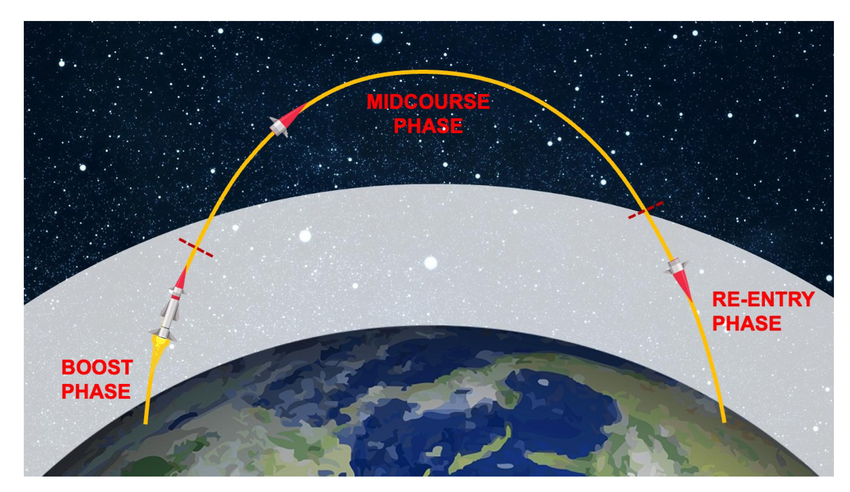BrahMos — Why Is It So Goated...

When people talk about the best missiles in the world, names like Tomahawk and Kalibr often pop up. But sitting right at the top — especially in the Indo-Pacific region — is the BrahMos missile . It’s fast, precise, and versatile. And let’s be honest: in missile terms, this one’s built different . So, what makes the BrahMos missile so “goated”? Let’s break it down. What Is the BrahMos? The BrahMos is a supersonic cruise missile jointly developed by India and Russia . The name is a fusion of two rivers: Brahmaputra (India) and Moskva (Russia) — a symbolic reflection of the partnership behind its creation. It’s not a ballistic missile — it’s a cruise missile , meaning it flies within the atmosphere, powered throughout its entire flight. What sets BrahMos apart is its incredible speed , pinpoint accuracy , and multi-platform capability — it can be launched from land, sea, air, and even submarines. Key Features That Make BrahMos Unstoppable 1. Supersonic Speed BrahMos...

